CRIME
LAB
101
25 Different Experiments in
Crime Detection
ROBERT GARDNER
DOVER PUBLICATIONS, INC.
Mineola, New York
Copyright
Copyright 1992 by Robert Gardner
Illustrations copyright 1992 by Scott Heinz
All rights reserved.
Bibliographical Note
Crime Lab 101: 25 Different Experiments in Crime Detection , first published by Dover Publications, Inc., in 2012, is an unabridged republication of the work originally published as Crime Lab 101: Experimenting with Crime Detection by Walker and Company, New York, in 1992.
Library of Congress Cataloging-in-Publication Data
Gardner, Robert, 1929
Crime lab 101 : 25 different experiments in crime detection / Robert Gardner.
p. cm.
Originally published: New York : Walker, 1992.
ISBN-13: 978-0-486-48864-6
ISBN-10: 0-486-48864-0
1. Criminal investigationJuvenile literature. I. Title. II. Title: Crime lab one hundred one. III. Title: Crime lab one hundred and one.
HV8073.8G38 2012
363.25dc23
2012007585
Manufactured in the United States by Courier Corporation
48864001
www.doverpublications.com
In this book youll see how science and technology have helped law-enforcement agencies solve crimes. Youll learn some of the techniques of forensic science and test your own ingenuity in solving some crimes in your own home or school. Youll learn how to record and lift fingerprints, how to identify the ink found on a ransom note, how to find messages on a blank sheet of paper, and how to use other techniques practiced by professional crime detectors.
Activities in this book are of two kinds: The Crime Labs generally enable you to practice specific techniques of forensic science. The Crime Lab Exercises, on the other hand, more closely resemble pure science experiments. They give you a chance to explore some of the principles behind the methods of detection.
In addition to having many opportunities to experiment with forensic science techniques, youll also learn about some famous crimes and how they were or werent solved. But more important, by using your crime-detecting skills, youll learn how to think more clearly and effectively, abilities that will help you in whatever you do.
 group of hunters, hiding in woods and thickets, waited for deer to appear within their gun sights. Suddenly, one of the hunters, Robert Perry, spied an approaching deer and fired. To his dismay, a fellow hunter, not the deer, fell in the nearby brush. The bullet had killed him. In the course of the investigation that followed, the local sheriff persuaded the guilt-ridden and confused hunter to sign a confession of negligent homicide. Perry was certain that he had seen and fired at a deer, but he could not explain how the bullet had hit his friend. The sheriff, on the other hand, believed Perry to be an overzealous hunter who had caught a glimpse of what he thought was a deer and had fired instead at his friend.
group of hunters, hiding in woods and thickets, waited for deer to appear within their gun sights. Suddenly, one of the hunters, Robert Perry, spied an approaching deer and fired. To his dismay, a fellow hunter, not the deer, fell in the nearby brush. The bullet had killed him. In the course of the investigation that followed, the local sheriff persuaded the guilt-ridden and confused hunter to sign a confession of negligent homicide. Perry was certain that he had seen and fired at a deer, but he could not explain how the bullet had hit his friend. The sheriff, on the other hand, believed Perry to be an overzealous hunter who had caught a glimpse of what he thought was a deer and had fired instead at his friend.
Perrys lawyer believed that his client was innocent. However, lacking the evidence needed to convince a jury, he turned to Herbert Leon MacDonell, a well-known criminalist someone who uses scientific techniques to investigate crimes. (He could have been called a forensic scientist as wellone who applies science to matters of law.) MacDonell asked to examine the gun and the fatal bullet. He noticed that the wadding, the paper used to pack the gunpowder firmly into the cartridge, was still attached to the slug that had killed the hunter. Normally, air rushing over the speeding bullet causes the wadding to fall off the bullet about two feet from the gun. Yet, the fatal bullet had traveled several hundred feet, which suggested that it had not moved fast enough for air to tear the wadding off. He also found small pieces of wood on the slug, and careful weighings revealed that about forty-five grains (nearly 14 percent) of the lead normally found in such a slug was missing.
MacDonell then conducted some tests. First, he fired Perrys gun a number of times and found that the wadding did indeed fall from the slug a short distance from the gun. Next, he visited the site where the shooting had taken place. There he found a mark on a tree trunk close to the point where the gun had been fired. The wood fibers found on the slug were similar to fibers taken from the scarred tree.
In testimony given at the trial, MacDonell argued that the slug, intended for the deer, had ricocheted off the marked tree, where it lost its high velocity, changed its direction, then struck the victim. How else could one explain the wood fibers on the slug, the attached wadding, and the fact that the mass of the slug was forty-five grains less than normal? The jury agreed. They found Perry not guilty.
In another case, MacDonell was asked to examine evidence used by a prosecuting attorney to convict another defendant. The evidence consisted of a fingerprint on an envelope that had contained a coin taken from the room of the victim. A fingerprint expert hired by the prosecutor had claimed that the print on the envelope came from the accuseds thumb. MacDonell showed that the print came from a finger, not a thumb, and that a scar evident in the print could not be found on any of the defendants fingers. When an FBI expert agreed with MacDonells analysis, the convicted man was released.
These two instances illustrate how forensic sciencethe science and scientific techniques used in solving crimescan be used to demonstrate (1) the innocence of a person being prosecuted and (2) the innocence of a convicted person. More commonly, however, forensic science is used to convince a judge or jury that a person is guilty of a crime. For example, during a robbery, a tank containing goldfish was knocked off a table onto the floor, where it smashed into thousands of pieces. Later, a suspect was arrested, but he denied any knowledge of the crime. However, crime-lab scientists found on his trousers tiny pieces of glass that matched the glass in the broken fish tank. Furthermore, they found fish scales on his shoesscales that matched those of the goldfish that had been in the tank. Faced with this evidence, the man confessed to the crime.
T HE B ASIC P RINCIPLE OF F ORENSIG S CIENCE
The basic principle of forensic science is that a criminal always takes something to the scene of a crime and always leaves something there. It may be a fingerprint, a footprint, a hair, fibers from his or her clothing, a note, a bullet shell, a weapon, or something else. It is the forensic scientists job to find this evidence, compare it with similar material or substances, trace it to its origin, and then use all the evidence to reconstruct the crime.
Forensic scientists include chemists, dentists, toxicologists, pathologists, psychologists, machinists, anthropologists, and engineers, as well as detectives and the police. These experts try to identify blood, hair, fibers, glass, paint, soil, plastics, fingerprints, footprints, firearms, tool markings, documents, drugs, and other bits of evidence that police and detectives may find at the scene of a crime.
Often the evidence is so convincing that the guilty person will confess. Fingerprints found on a murder weapon may leave little doubt as to who is guilty. Sometimes, however, a lengthy investigation is necessary. In a case involving a woman found dead on the ground 200 feet below her apartment balcony, police were uncertain as to whether she had fallen, jumped, or been thrown. Neighbors thought she had committed suicide. Her husband, the beneficiary of the victims life insurance policy, claimed that she had fallen while trying to adjust the air conditioner. After carrying out a series of tests in which dummies were dropped and pushed from the balcony, the police determined that if the woman had fallen, her body would not have been more than 10 feet from the wall of the building. Because her body was actually found nearly 17 feet from the wall, police decided that she had been thrown or pushed from the balcony. When this evidence was presented to the husband, he confessed that he had pushed his wife to her death.



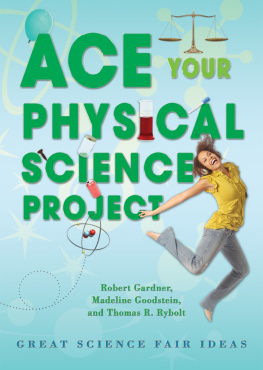


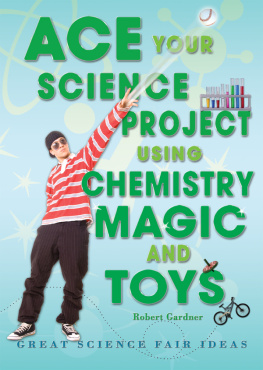

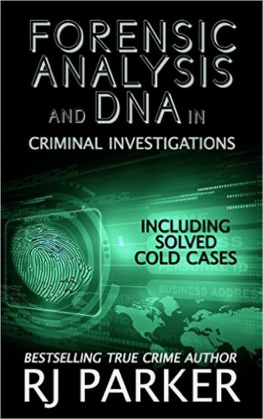


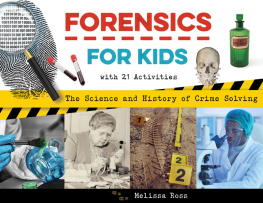
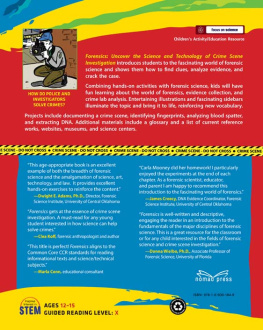

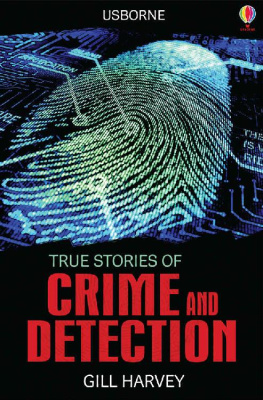
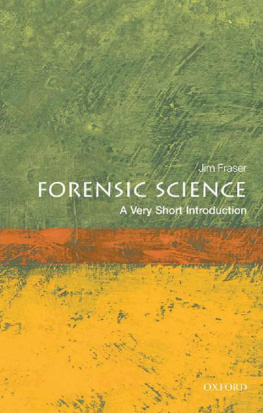
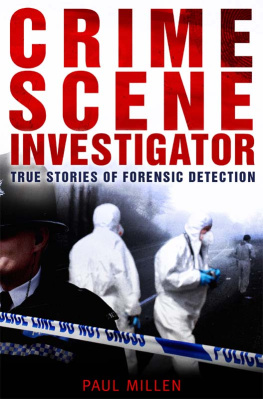

 group of hunters, hiding in woods and thickets, waited for deer to appear within their gun sights. Suddenly, one of the hunters, Robert Perry, spied an approaching deer and fired. To his dismay, a fellow hunter, not the deer, fell in the nearby brush. The bullet had killed him. In the course of the investigation that followed, the local sheriff persuaded the guilt-ridden and confused hunter to sign a confession of negligent homicide. Perry was certain that he had seen and fired at a deer, but he could not explain how the bullet had hit his friend. The sheriff, on the other hand, believed Perry to be an overzealous hunter who had caught a glimpse of what he thought was a deer and had fired instead at his friend.
group of hunters, hiding in woods and thickets, waited for deer to appear within their gun sights. Suddenly, one of the hunters, Robert Perry, spied an approaching deer and fired. To his dismay, a fellow hunter, not the deer, fell in the nearby brush. The bullet had killed him. In the course of the investigation that followed, the local sheriff persuaded the guilt-ridden and confused hunter to sign a confession of negligent homicide. Perry was certain that he had seen and fired at a deer, but he could not explain how the bullet had hit his friend. The sheriff, on the other hand, believed Perry to be an overzealous hunter who had caught a glimpse of what he thought was a deer and had fired instead at his friend.